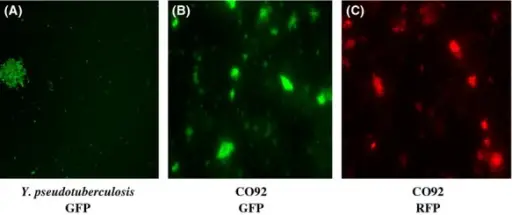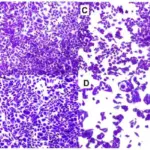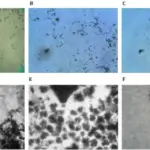The plague is a serious bacterial infection that can be deadly that affects humans and other mammals.
What is the Pathology of Plague?
The pathology of plague is:
-Etiology: The cause of plague is bacterium, Yersinia pestis.
-Genes involved: Not applicable.
-Pathogenesis: The sequence of events that lead to plague are: when the flea bites the host, the bacteria migrates to the regional lymph nodes, are phagocytosed by mononuclear phagocytes, and multiply intracellularly, subsequently lysis of the phagocytes occur and may lead to invasion of distant organs.
-Morphology: The morphology associated with plague shows coccobacillus-shaped, gram negative bacterium.
-Histology: The histology associated with plague shows necrosuppurative inflammation in the lymph nodes.
How does Plague Present?
Patients with plague typically are all genders of all ages. The symptoms, features, and clinical findings associated with plague include: weakness, swollen lymph nodes, fever, headache, chills.
How is Plague Diagnosed?
Plague is diagnosed by laboratory test blood samples.
How is Plague Treated?
Plague is treated by Antibiotics streptomycin, gentamicin, doxycycline, ciprofloxacin
What is the Prognosis of Plague?
The prognosis of plague is poor. About 50% of people die if their illness is not treated. Treatment reduces the death rate to 50%.



